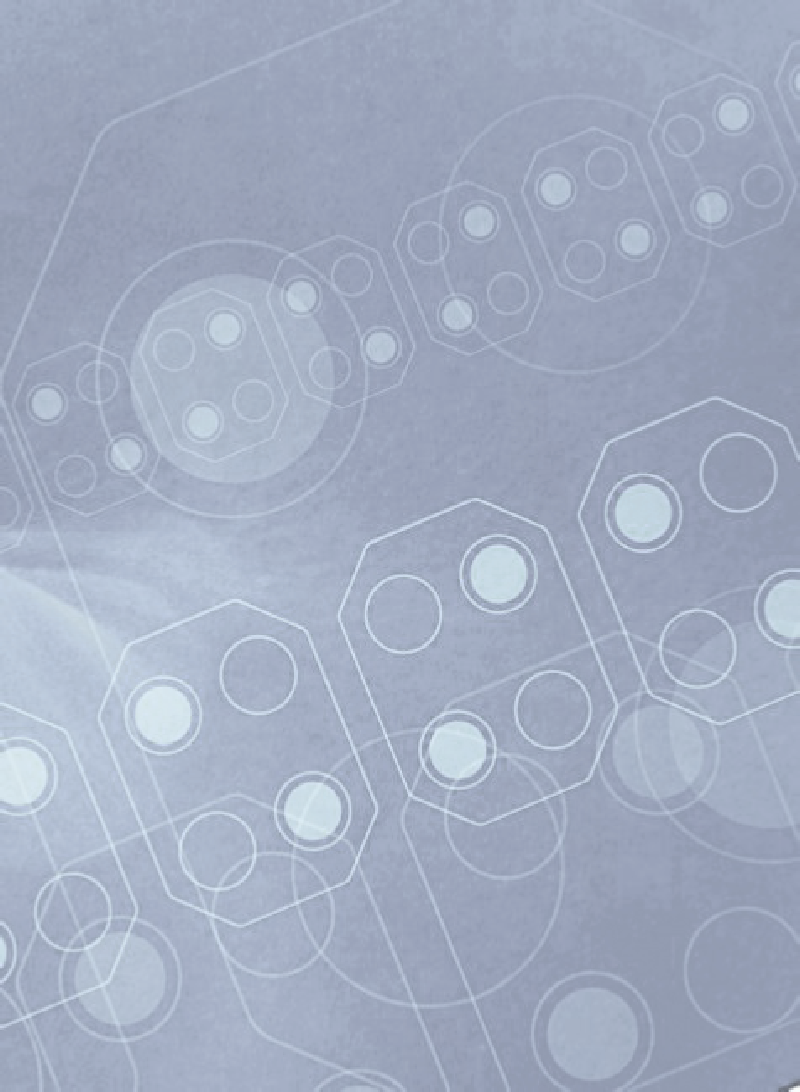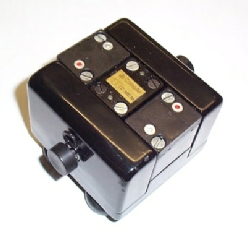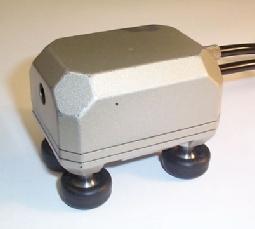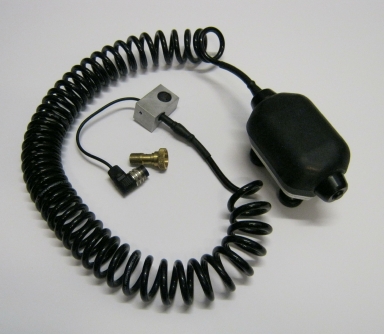


Powered mobilisation of the spine using pneumatic four cylinder mobilisers was developed and patented in 1987 by Matthew Stobart and Robert Taylor.
The first prototype units were driven by compressed air alone employing Compair miniature logic valves to control the cycling of the cylinders.
These early prototypes used the same diagonal foot extension sequence used in the EPVM2 to counter rotate adjacent vertebra, by pushing on the transverse process's of the vertebra.
About Us
Theraflex is based in the UK and has been developing vertebral mobilisers for many years, the Theraflex Physio EPVM2 is our latest product and includes many new innovations.
History


The first prototype vertebral mobiliser handset
Although these early prototypes produced good results they could not ramp the foot pressure between strokes, they were difficult to hold and control, were noisy and required a separate installed compressed air system to run them.
In 1997 Power Assisted Micro Manipulation Ltd, (PAMM), produced the first production version of the product, this unit featured electronic control with pressure ramping between strokes in the mobilisation mode and the ability to utilise a delay period in the firing sequence in the muscle stimulation mode.
PAMM handsets, (also known as TAMARS), were operated successfully for many years, however PAMM Ltd was put in the hands of the receivers in 2001 due to the burden of development costs and management issues.
The PAMM Handset
In 2002 Peter Herman, (the inventor of the Mantis range of treatment benches) and Matthew Stobart resolved to make this treatment available once again and after a period of development and certification brought it back on the market trading as Theraflex Ltd.
The Theraflex Physio EPVM2 is the latest Theraflex machine and follows on from the successful EPVM1.

The Theraflex EPVM2 Handset
Copyright Theraflex Physio Ltd 2020
| EPVM2 Vertebral Mobiliser |
| Physio powerpack |
| Service |
| Finance |
| Vertebral Mobilisation |
| Practitioners using Theraflex |
| Articles |